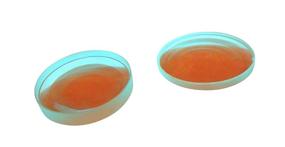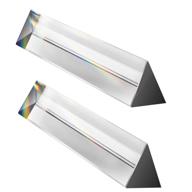- Pro: Unique experimentation platform
- Con: Poor quality, high price

3
·
Average



🔬 AZHENRONG 14mm Glass Lab Accessories with Improved SEO

3 Review

📸 Unleash Your Creative Potential with the Young4Us Triangular Photography Teaching Spectrum

3 Review

🌈 Diffraction Grating Slides by Rainbow Symphony

3 Review

Enhancing Learning with Optical Photography Triangular Teaching Education

3 Review